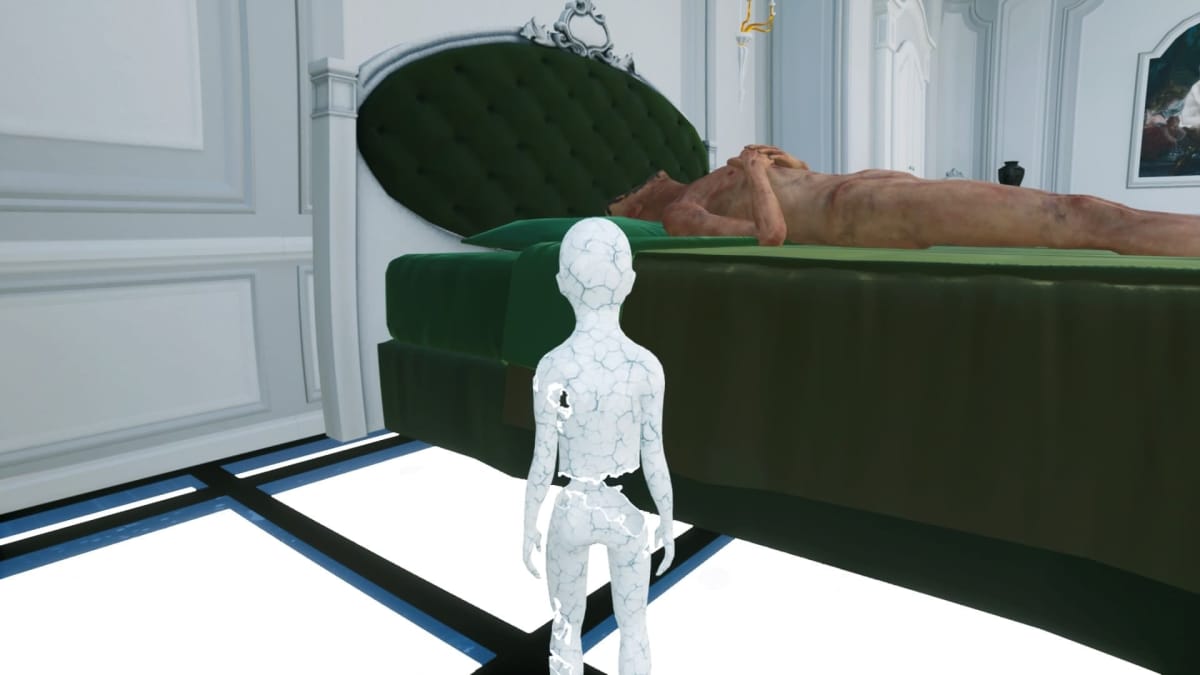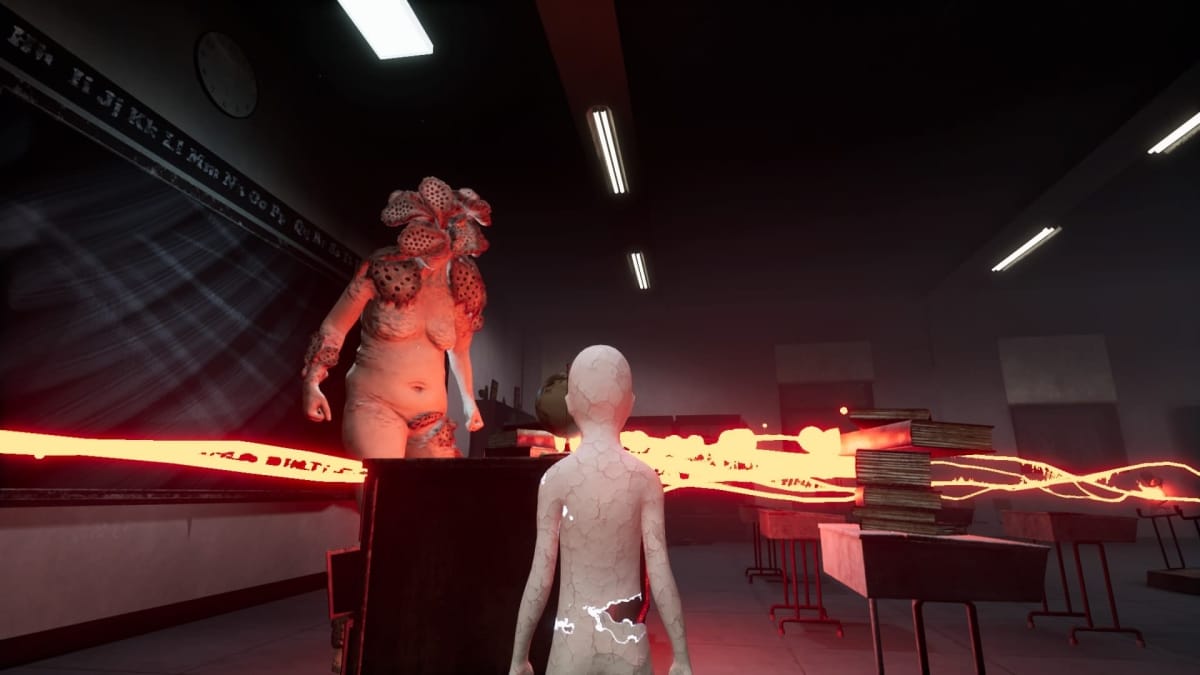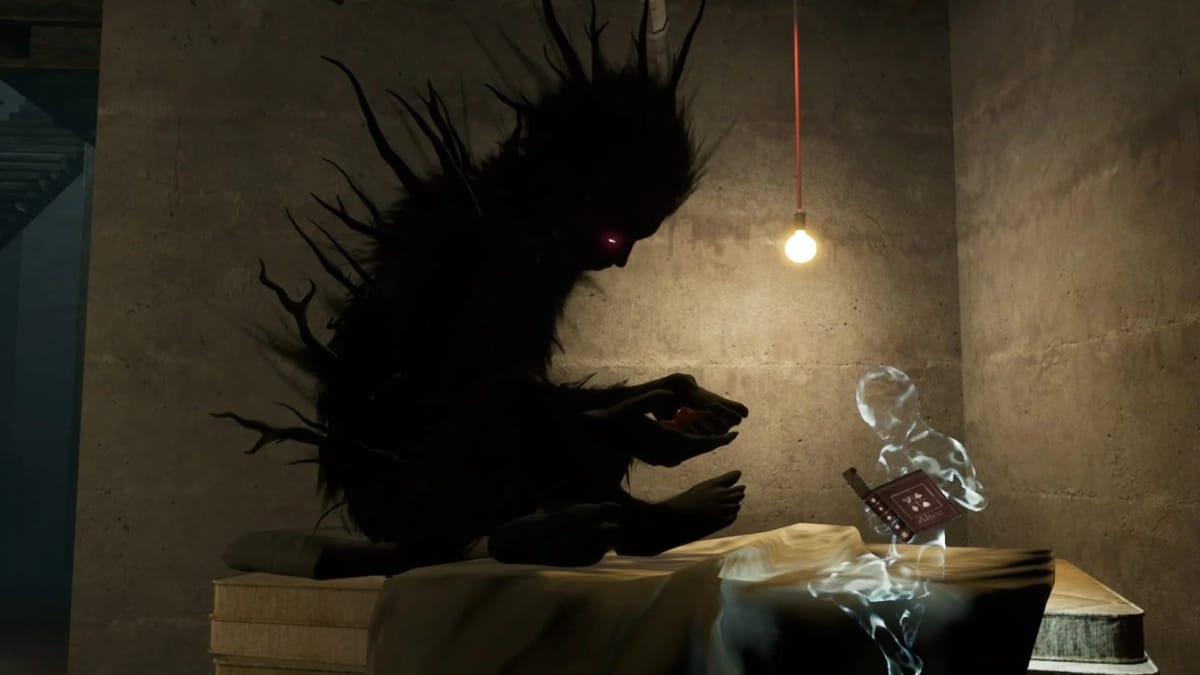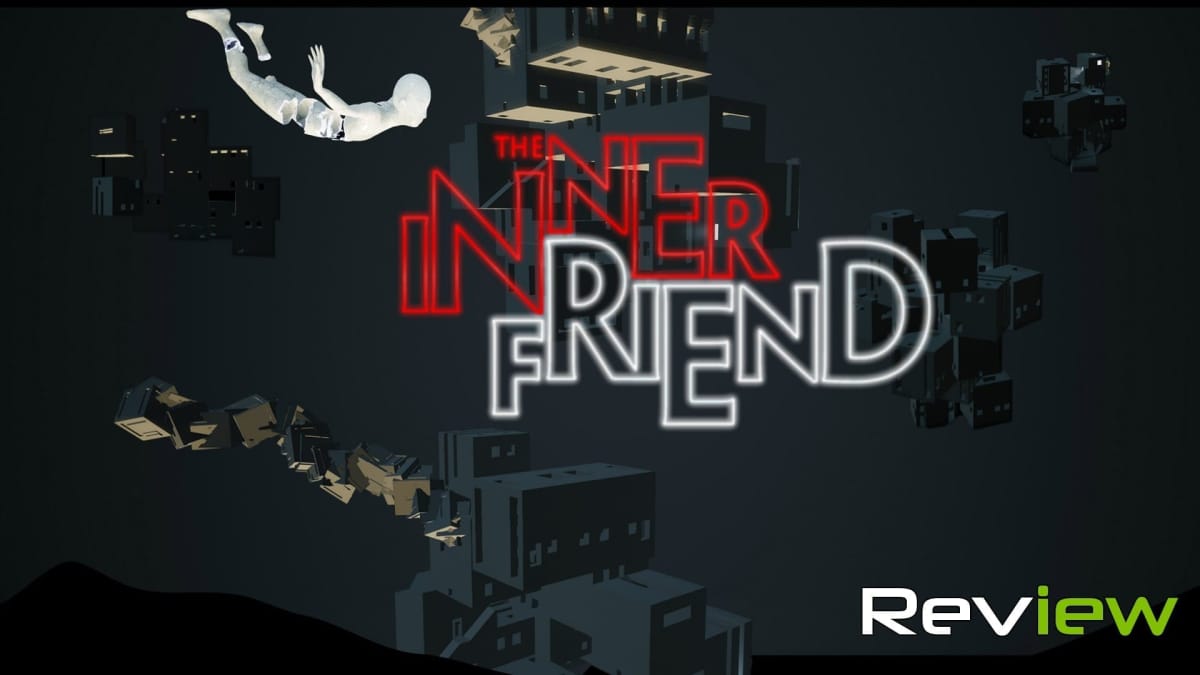Every few months, the age-old argument for games being legitimate art comes up again, and The Inner Friend has arrived just on time. PLAYMIND's debut game has arrived on Xbox One and PlayStation 4. Being a fan of games like Inside and What Remains of Edith Finch, I felt the need to check it out. The core conceit of The Inner Friend is a simulation of various childhood fears and facing them with the help of your older, braver self. I admire this premise but was personally unable to connect with many of these presented "fears."
PLAYMIND began as a digital media studio in 2002, creating interactive modern art pieces for museums and live events until 2015 when they began work on their first game, The Inner Friend. The studio does not attempt to hide its roots in this artsy experience, leaving the game feeling much more like walking through an extremely robust modern art exhibit than playing a video game. I've never been much of an art guy myself, and perhaps that's why some of the work went over my head, but nonetheless The Inner Friend functions exactly as designed.
Minimal Game Design With a Purpose

There are just a few controls in The Inner Friend: move, jump, look around, and act. There's no run function for the unnamed avatar, which made traversing some of the larger areas tedious but added some terror in the appropriate spots. There are around eight levels to work through, although it's hard to pin a number on that due to the seamlessness of the transitions between worlds. Each world is very different in color, presentation, lighting, and even tone and saturation.
The player begins in a child's mostly unfurnished room, controlling an avatar that is some kind of marble statue. There is nothing to do or see, and detail is minimal - everything is a solid color on a flat surface. Having finished the game now, this is all clearly by design, not from some lack of time or resources from the developer. A crack in the wall leads to a twisting Alice in Wonderland-like hallway and, perhaps in an homage to that very work, drops the avatar down into a dark world of floating boxes, strange lights, and upside-down passages.
No Instructions to Speak Of

The Inner Friend has no spoken or written words contained anywhere within, making the "artsy" intent of the game even more apparent. Other wordless games such as Journey and Little Nightmares have succeeded spectacularly, so it's only natural that a project like this might want to follow in their footsteps. The Inner Friend does suffer just a bit from lack of instruction, however.
Each world has different rules and a different puzzle/action to complete. The action button will do different things in different situations without notice or prompts. It's quite impossible to plan or prepare for anything when you're hiding from flashing lamps in a museum one minute and running from a naked ball-head monster the next. Players that enjoy games that force them to figure things out by trial and error will absolutely rejoice while playing The Inner Friend. Personally, I could have used a little more guidance. I often found myself wondering what to do next for five or six minutes at a time before it clicked.
Not Very Much Fun

Despite the praise I've given The Inner Friend on its presentation, it's just not very fun to play. Movement is extremely clunky, which becomes a problem during the museum, construction site, and hospital worlds where precise movement and platforming is required. I died several times in the museum simply because the avatar kept running for almost a full second after I pulled back on the control stick. I fell from the platforming portion of the hospital nearly a dozen times because the avatar would keep running after it landed. The clunky gameplay didn't ruin the experience for me, but it did put a damper on this extravagant two-hour adventure.
The Inner Friend does a solid job of presenting a modern art exhibit as a video game, but there are many times where things went over my head. It's distinctly possible that I'm not cultured enough to understand the significance of a lot of what I've seen, but it's also possible that it doesn't really mean anything. Regardless, it's more a fascinating trip through someone else's head to fight their fears. Some of these fears, such as haircuts and hospitals, didn't really resonate with me. Others, such as watching your parents fight and getting lost alone, very much did. I think The Inner Friend does have something for everyone, so even if the old, wrinkled gas mask men in their underwear don't mean anything to you the electrocution sequence might. Regardless, if quarantine is keeping you from visiting your favorite modern art museum, have I got the game just for you.
TechRaptor reviewed The Inner Friend on PlayStation 4 with a code provided by the developer.
Review Summary
Pros
- Interesting and Distinct Worlds
- Really Feels like Living in Modern Art
- Clearly a Passion Project
Cons
- A Little Too Abstract
- Platforming is Clunky and Imprecise
- Frequently Unapparent How to Progress
Have a tip, or want to point out something we missed? Leave a Comment or e-mail us at tips@techraptor.net







